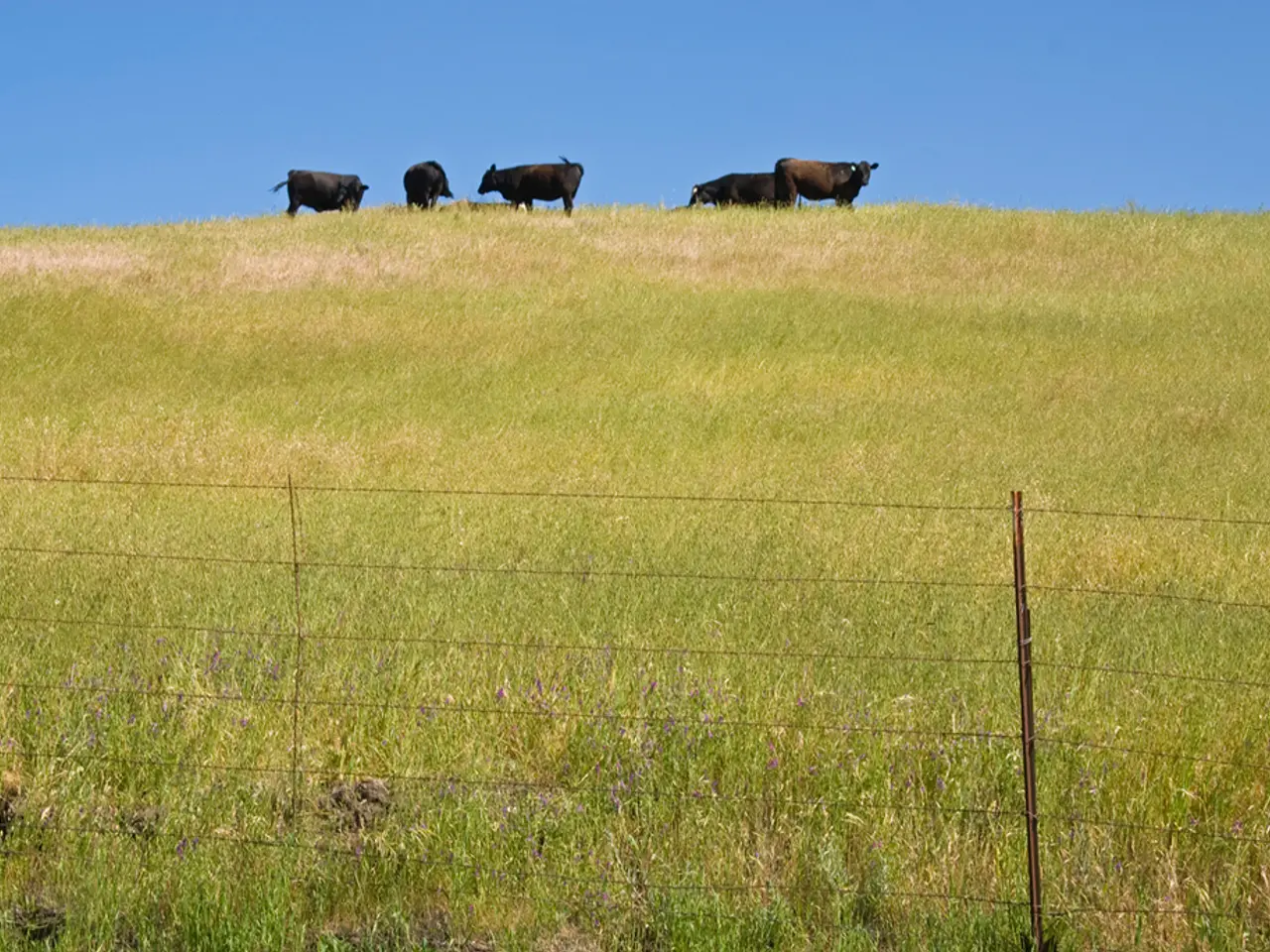Fundamental Knowledge on Biosecurity for Extension Workers
Biosecurity measures play a crucial role in safeguarding animal health and productivity in livestock production. These measures can be categorised into two main categories: external (prevention of new diseases) and internal (prevention of disease spread within the herd).
When it comes to diseases that herd owners might try to exclude, examples include mastitis caused by Streptococcus agalactiae, bovine viral diarrhea, bovine progressive pneumonia, swine dysentery, and diseases of concern to states such as brucellosis, tuberculosis, and pseudorabies.
A robust biosecurity plan should at least address how new animals will be isolated, how traffic will be regulated, and how cleaning and disinfection procedures will be designed. For high-risk visitors, equipment and instruments that have direct animal contact should be cleaned and disinfected (or sterilised) after use. The isolation facility should be far from the rest of the herd and managed as an all-in-all-out.
When planning a visit to a livestock facility, Extension personnel should contact the herd manager to discuss the farm's requirements for biosecurity. Disposable sleeves and gloves, other disposable clothing or clothing that can be disinfected should be worn whenever there is the possibility of direct contact with bodily discharges or animal tissues for high-risk visitors. Visitors from urban areas or those with no livestock contact present very little risk of introducing disease to the farm, but precautions such as asking them to wear freshly laundered outerwear and clean footwear may still be taken.
Diseases within a herd often spread from older animals to younger ones. To combat this, herd-level biosecurity usually rests with the herd owner or management team. Farm employees who have livestock at their own home should be required to report to work personally clean and in clean clothes that have not been exposed to their own livestock. Dirty boots should be cleaned and disinfected, and coveralls should be removed and placed in a clean plastic bag or container before re-entering the vehicle.
States take measures to prevent the entry or reintroduction of livestock diseases, and the USDA is vigilant in keeping foreign animal diseases out of the livestock population. Biosecurity can be implemented on national, state, and herd levels.
Efforts should be prioritized to address factors posing the greatest risk for disease introduction, with the most common way being the addition of animals to the herd. Vaccination programs that provide at least 80% coverage of the target animal population, using vaccines that meet international standards and match circulating strains, are essential.
In addition to these measures, maintaining cleanliness and hygiene of animals, facilities, and equipment, controlling animal movement and isolation, managing fomites, and tailoring disease control strategies to local conditions are all crucial components of an effective biosecurity strategy. Strong veterinary service support and proactive national plans enhance these efforts further.
Practical points include pasteurising milk given to calves, promptly removing newborns from maternity areas to reduce infection risk, and avoiding housing calves downwind of adult cattle to cut aerosol transmission risks.
These combined measures form an integrated biosecurity approach crucial to minimizing disease risks on livestock production units. All new or returning animals should be isolated for at least two weeks, preferably four weeks. Vehicles should be clean and free of visible manure on the tires and wheel wells, and should be kept away from animal areas and driveways used by the farm's own vehicles for high-risk visitors. Biosecurity in livestock production refers to measures taken to keep disease agents out of animal populations.
Soil samples can be tested for potential pathogens that might be carried from livestock operations, contributing to a comprehensive understanding of local biosecurity risks. In conjunction with this, 4-H clubs can educate youth about the importance of health-and-wellness practices in livestock rearing, incorporating sciences like microbiology and epidemiology to promote better animal welfare.




